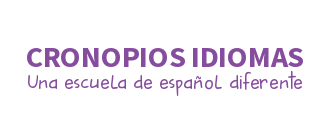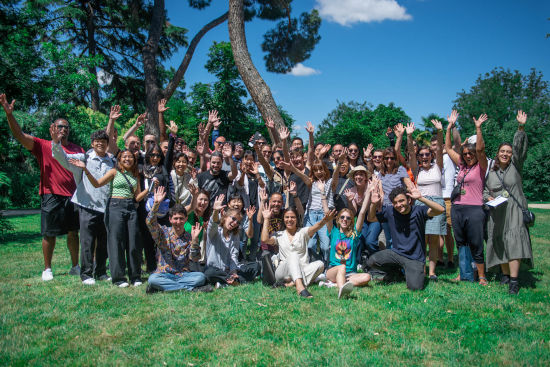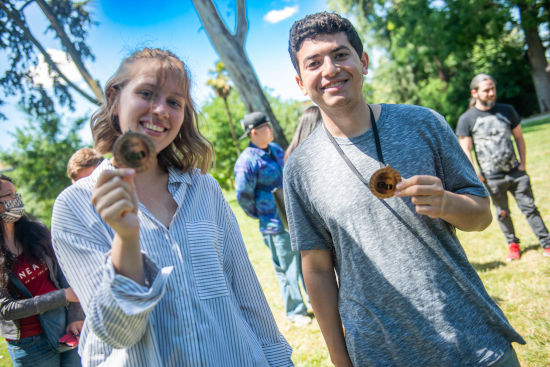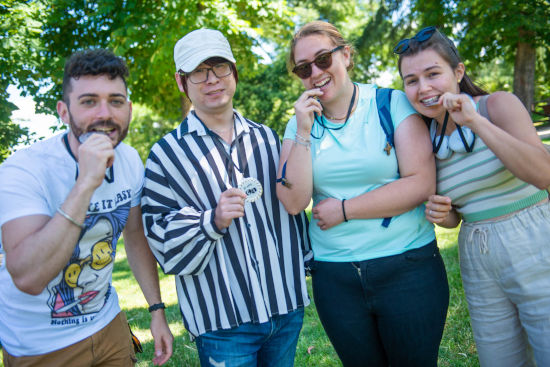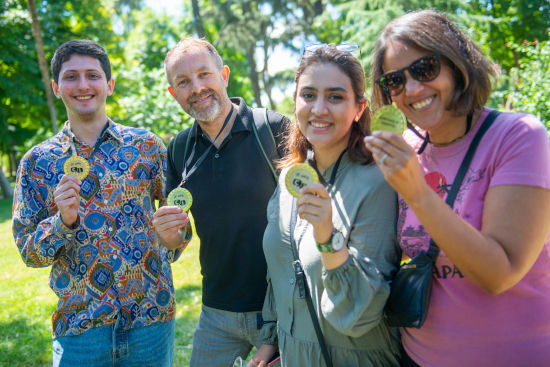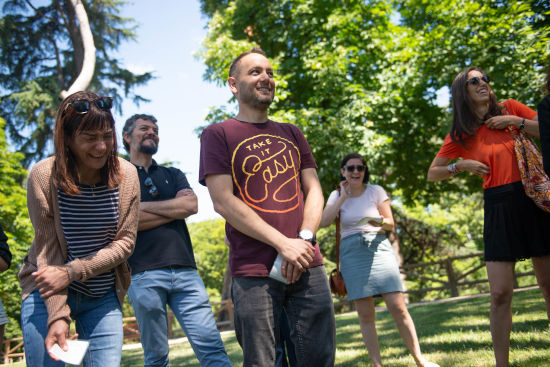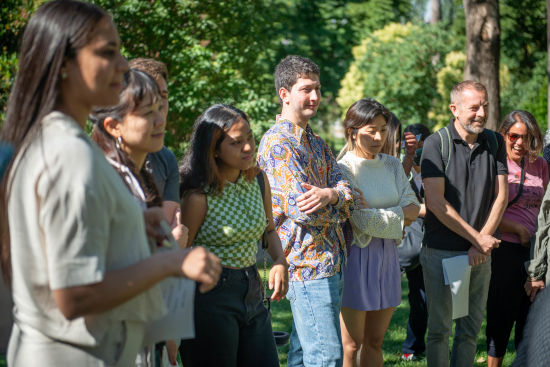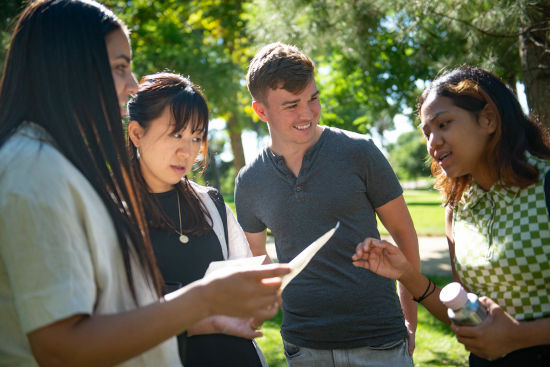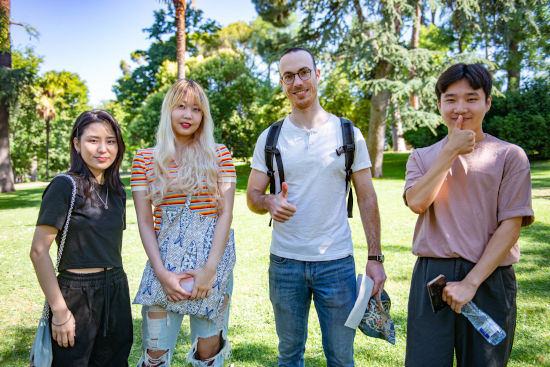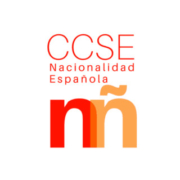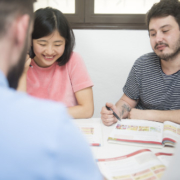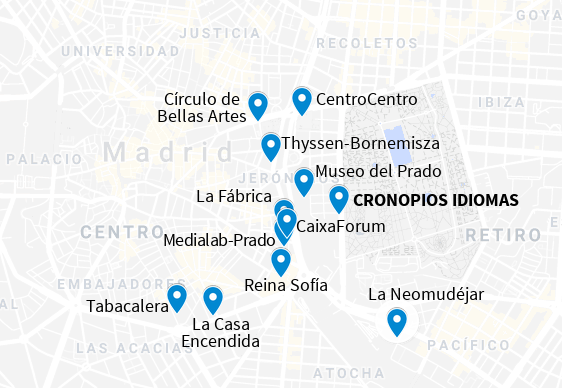The CCSE exam is a test prepared by the Cervantes Institute that assesses whether you have enough knowledge about society, culture and the Constitution. The exam is one of the legal requirements that you need if you want to get te Spanish nationality. CCSE are the initials of Conocimientos Constitucionales y Socioculturales de España.
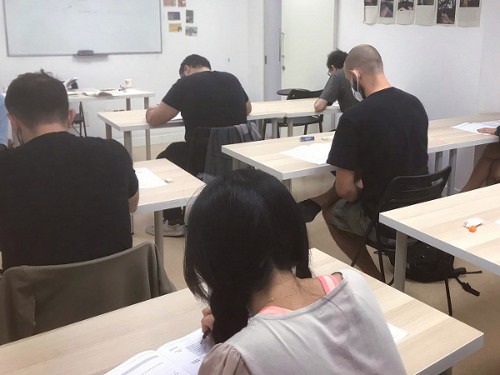
Who can take the CCSE exam?
All people of any nationality over 18 years old and resident in Spain, as well as Sephardim originating from Spain who want to regain their nationality regardless of their country of residence.
How is the exam?
It is a multiple choice test of 25 questions in total divided into 5 tasks that separate the different aspects on which you will have to answer. Most of the questions have 3 closed answer options and others have a true / false option. Some typical questions of the exam are, for example: How many autonomous communities are there in Spain? What is the minimum age to vote? Who is the head of state? What is the name of the climate of the Canary Islands? What is the profession of Pedro Almodóvar? He is a soccer player, a director or a virologist.
In the task number one there are ten questions about the laws, the government and the processes of citizen participation. In the task number two there are three questions about the rights and duties of Spanish citizens. In the task number three there are two questions about the territorial organization and geographic distribution. In the task number four there are two questions about cultural aspects. Finally, in the task five there are seven questions about some aspects of administrative life and elements of daily life.
You have 45 minutes to complete the test, and to pass it you must have fifteen correct anwers, that is the 60% of the test. On the website of the Instituto Cervantes, in the exams section, there are official models of the CCSE exam that you can do to practice, so it will be very easy for you to prepare it. It is not a difficult exam or too specific, you only need to have some basic knowledge.
Where can I take the CCSE exam?
In the main cities of North and South America, Africa, Asia and Oceania, Europe and the Middle East, at the Instituto Cervantes centers, universities, public or private institutions and associated centers of the Instituto Cervantes. For example, in the community of Madrid there are 25 accredited centers where taking the exam, including our school: Cronopios Idiomas. On the Instituto Cervantes website there is a search engine for centers by countries, regions and areas where you can find the center that suits you best.
When can I take the exam?
In normal circunstances, the CCSE exam to obtain Spanish nationality is on the last Thursday of each month in double calle, that is, two exams a month, one at 6:00 p.m. and another at 8:00 p.m., but due to the situation that we are living through the pandemic, until November 2020, there will be tests on the second and last Thursdays. For the same reason, these calls can be extended during 2021 or change, so it is convenient that you visit the official website of the Instituto Cervantes where they update any changes that occur. An important fact: in August and December there are no CCSE exam.
What is the cost of the exam?
Registration for the CCSE exam costs 85 euros, and with this registration you have the right to take the exam a maximum of two times. You have to make the registration and payment through the website of the Instituto Cervantes. Once you register, you receive an updated test preparation manual and an exam template.
Frequent questions
Can I take the test if I am under 18 years old?
Yes you can, but in this case you have to register under the guardianship of parents, guardians or legal representatives.
What documentation do I need to present on the day of the exam?
Apart from the exam registration receipt, the documentation varies depending on the nature of the candidate. For example, if you are from a Member State of the European Union or you are from Sephardic origin, you need the passport or official identity document of your country of origin; If you apply for Spanish nationality by residence, the valid official passport; if you are a refugee, the TIE (foreigner identification card); if you are stateless, the TIE and a document that proves your condition.
Can I take the exam if my passport has expired?
You can take the exam if your passport is expired as long as it is in an extension status and has an official seal from the corresponding consulate or embassy that proves that extension is valid at the time of taking the exam.
Can I take the exam if I am five minutes late?
We ask you to arrive in time for the exam, as explained in your exam session. In general it is necessary that you arrive half an hour before the exam time. If you have a problem, you can enter the exam room for up to 15 minutes after the start . You cannot leave the exam room until 15 minutes after the start, even if you finished earlier.
When and how can I find out the results of the exam?
The results of the CCSE exam to obtain Spanish nationality will be communicated about 20 days after the test. You can access them through the web page where you registered by entering your username and password. There it will appear SUITABLE / NOT SUITABLE or NOT PRESENTED. In any case, on the day of the exam you will be provided with a document detailing all this information.
Can I take the test if I have a learning disability or disability?
Of course, yes, there are facilities for candidates with any type of visual or hearing disability, candidates with reduced mobility and candidates with a learning problem such as dyslexia and even candidates who cannot read or write by filling in a form to access be special measures.
